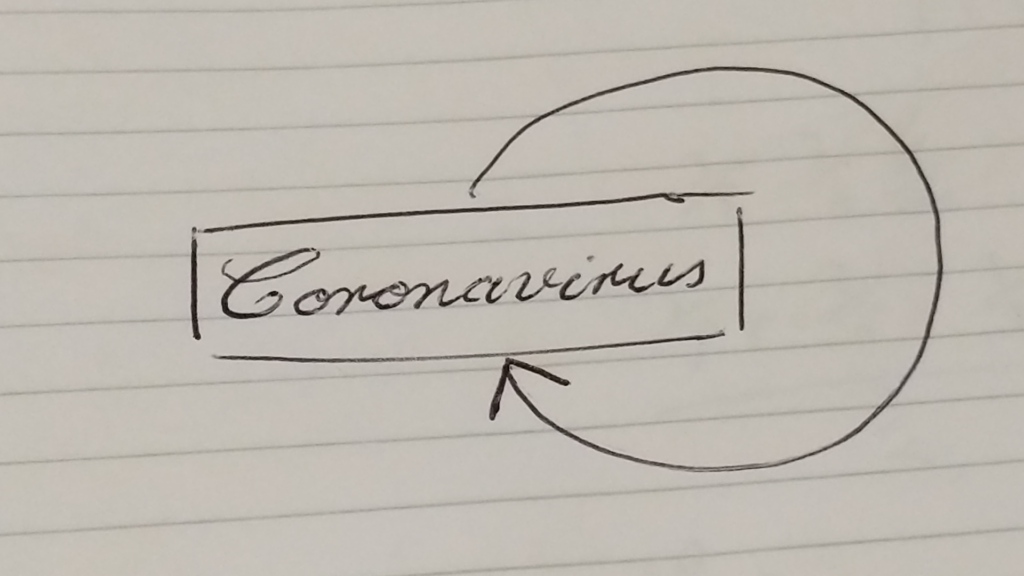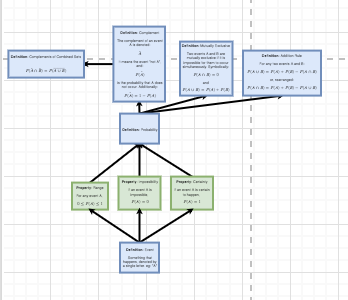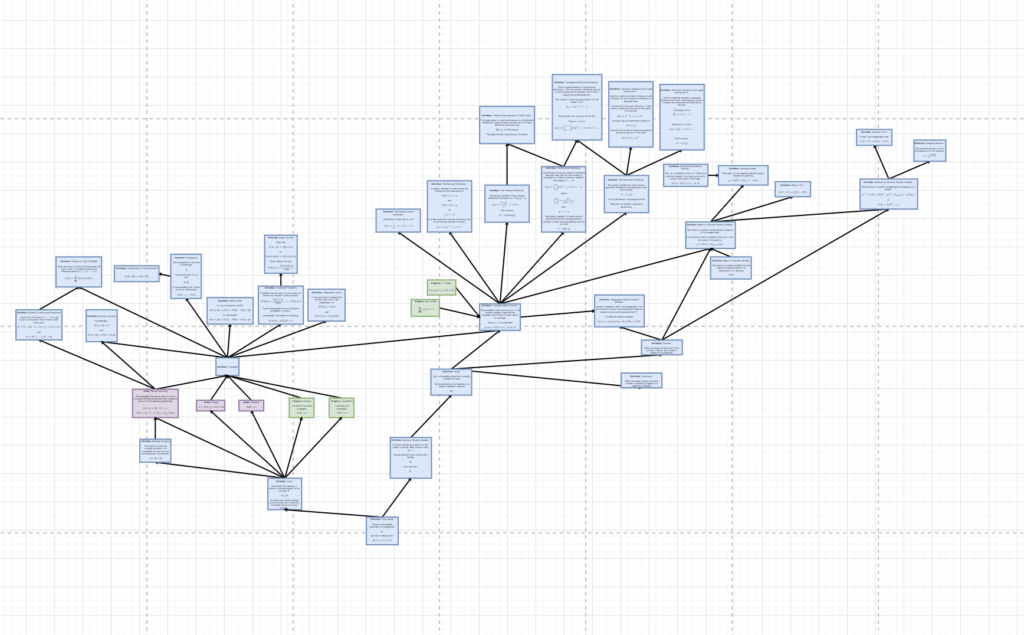"How effective is each country's lockdown strategy?"
Once again, I'm thinking about covid-19 statistics rather than doing any actual statistics homework...
There are suddenly a lot of very large numbers flying around, and a lot of graphs saying "country A" is worse off than that "country B". -though none of them have appeared clear to me. Some of them try to compare too much, and others specifically attack "country A" for "reasons".
So I decided to take a snapshot of several countries from today, April 23rd 2020, to try and paint a more accurate picture of where we currently are. Adjust the populations below as you see fit, but they're more or less accurate. I just wanted to get a general idea.
First off, the UK. Currently 133,495 infected, population 67.82 million. That's 0.2% of the population infected.
Looking at just England's stats (99,137 infected) I thought damn, the English are doing really badly here. That's 99,137 of the total 133,495 in the whole of the UK! But then I compared all the countries in the UK together... Check this out:
| Country |
Infected |
Population (million) |
Percentage of Population infected |
| UK |
133495 |
67.82 |
0.20% |
| England |
99137 |
55.98 |
0.18% |
| Scotland |
9038 |
5.45 |
0.17% |
| Wales |
8124 |
3.136 |
0.26% |
| Northern Ireland |
2874 |
1.88 |
0.15% |
No joke. England actually has 0.18% infected, while Wales has shot ahead with 0.26%.
So that got me thinking further... what about Europe? Germany's doing really badly in the UK's press at the moment...
| Country |
Infected |
Population (million) |
Percentage of Population infected |
| UK |
133495 |
67.82 |
0.20% |
| France |
119151 |
65.25 |
0.18% |
| Germany |
148046 |
83.73 |
0.18% |
| Italy |
187327 |
60.48 |
0.31% |
Oh.
Well America's always in the news at the moment! Trump's screwing that country, right?
| Country |
Infected |
Population (million) |
Percentage of Population infected |
| United States |
800926 |
330.64 |
0.24% |
| Washington State |
12494 |
7.62 |
0.16% |
| California State |
35396 |
39.51 |
0.09% |
| New York State |
258589 |
19.45 |
1.33% |
Oh. Right, I guess we're not that far behind them.
Wait, can we even talk about how "The United States" is doing? I don't think so, not when you have California at 0.09% and New York at 1.33%. Rather than "Trump and America", we should probably be talking about "State Governor and State".
Well New Zealand is doing very well, right? Press is practically hailing Prime Minster Ardern as a hero.
| Country |
Infected |
Population (million) |
Percentage of Population infected |
| New Zealand |
1112 |
4.89 |
0.02% |
Okay, I suppose this is kind of what we expected.
So how's China at the moment? They've been the benchmark this entire time.
| Country |
Infected |
Population (million) |
Percentage of Population infected |
| China |
84302 |
1433.78 |
0.01% |
Wow, what?
I found all this eye-opening. Here's all of them together in percentage order:
| Country |
Infected |
Population (million) |
Percentage of Population infected |
| China |
84302 |
1433.78 |
0.01% |
| New Zealand |
1112 |
4.89 |
0.02% |
| California State |
35396 |
39.51 |
0.09% |
| Northern Ireland |
2874 |
1.88 |
0.15% |
| Washington State |
12494 |
7.62 |
0.16% |
| Scotland |
9038 |
5.45 |
0.17% |
| Germany |
148046 |
83.73 |
0.18% |
| England |
99137 |
55.98 |
0.18% |
| France |
119151 |
65.25 |
0.18% |
| UK |
133495 |
67.82 |
0.20% |
| United States |
800926 |
330.64 |
0.24% |
| Wales |
8124 |
3.136 |
0.26% |
| Italy |
187327 |
60.48 |
0.31% |
| New York State |
258589 |
19.45 |
1.33% |
This showed me that as members of the public, we don't really have the whole statistical picture at the moment. But this only begins to look at lockdown effectiveness. How is actual healthcare working in each country, what are the percentage of deaths in each country?
What are the percentages of infectives and deaths in each country over time? How can we compare effectiveness of strategy?
Why isn't any of this being reported?
[UPDATE as of May 27th, 2020. Now they're reporting it... Godamn.]
Resources:
https://who.maps.arcgis.com/apps/opsdashboard/index.html#/ead3c6475654481ca51c248d52ab9c61
https://covid19.who.int/
https://nymag.com/intelligencer/article/new-york-coronavirus-cases-updates.html
https://www.doh.wa.gov/emergencies/coronavirus
https://www.worldometers.info/population/world/
![]() and why you can't square the circle. It was interesting, but very involved. Especially when you're left to your own devices trying to prove why other geometric constructions might not be possible.
and why you can't square the circle. It was interesting, but very involved. Especially when you're left to your own devices trying to prove why other geometric constructions might not be possible.






